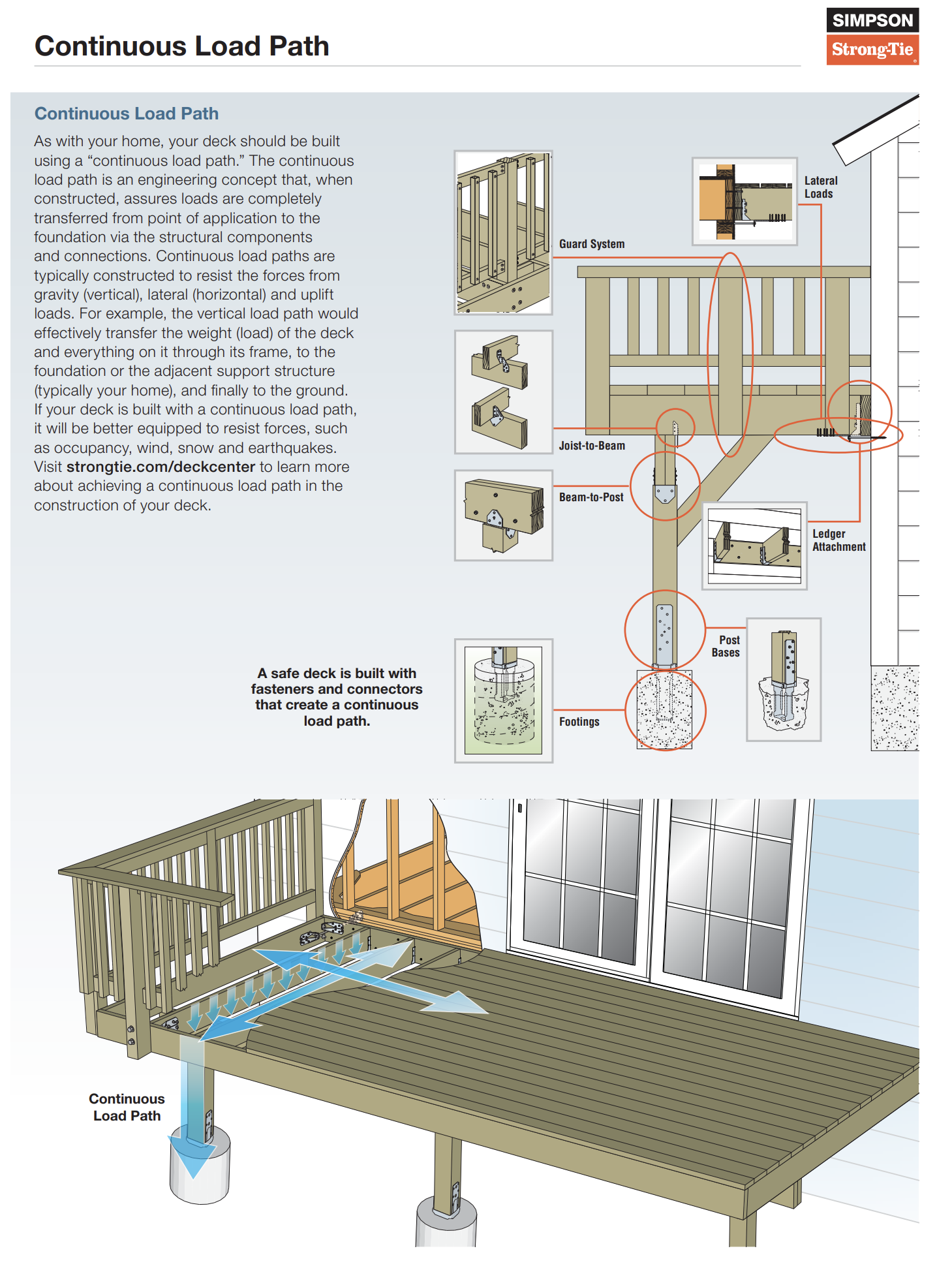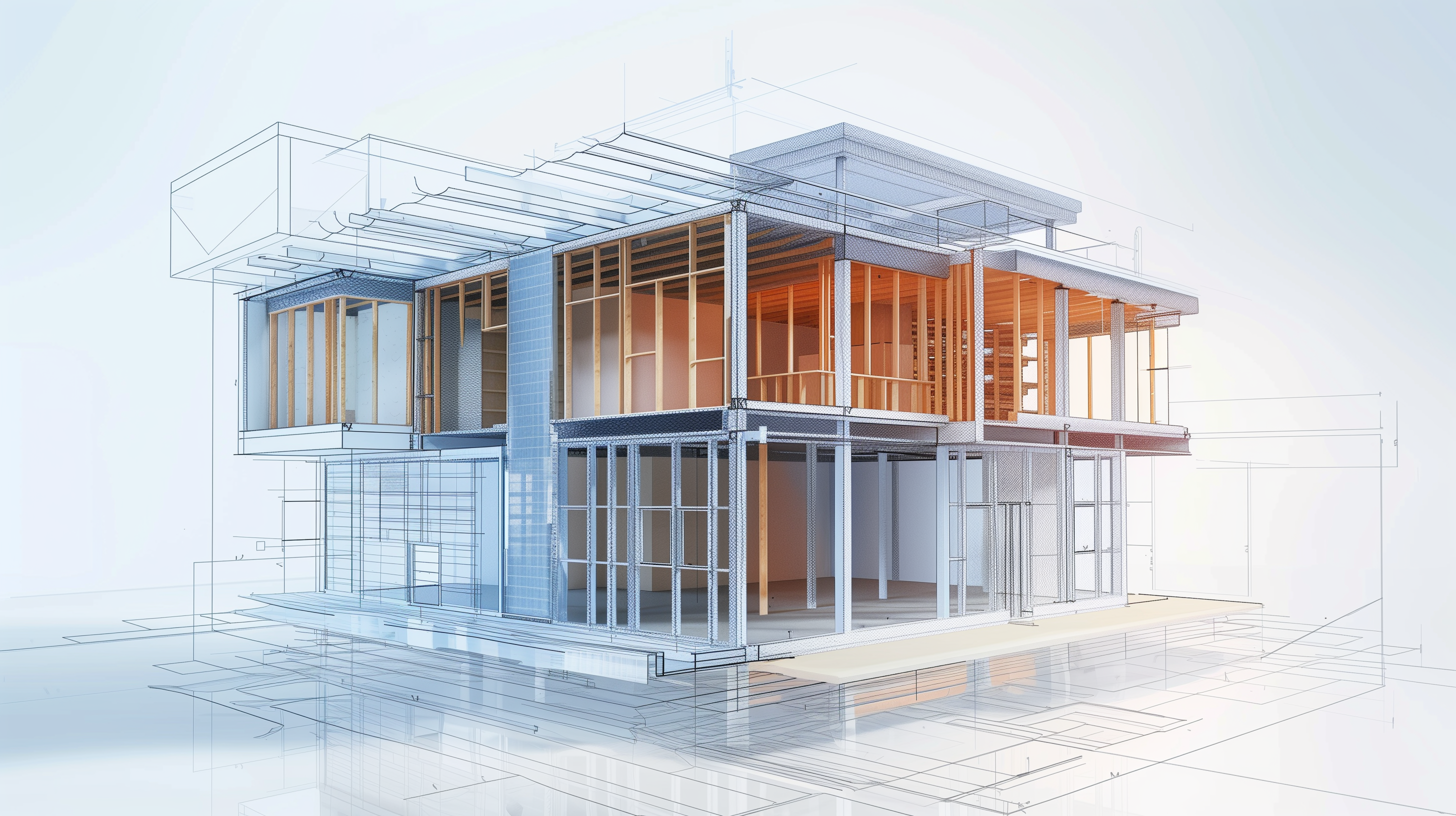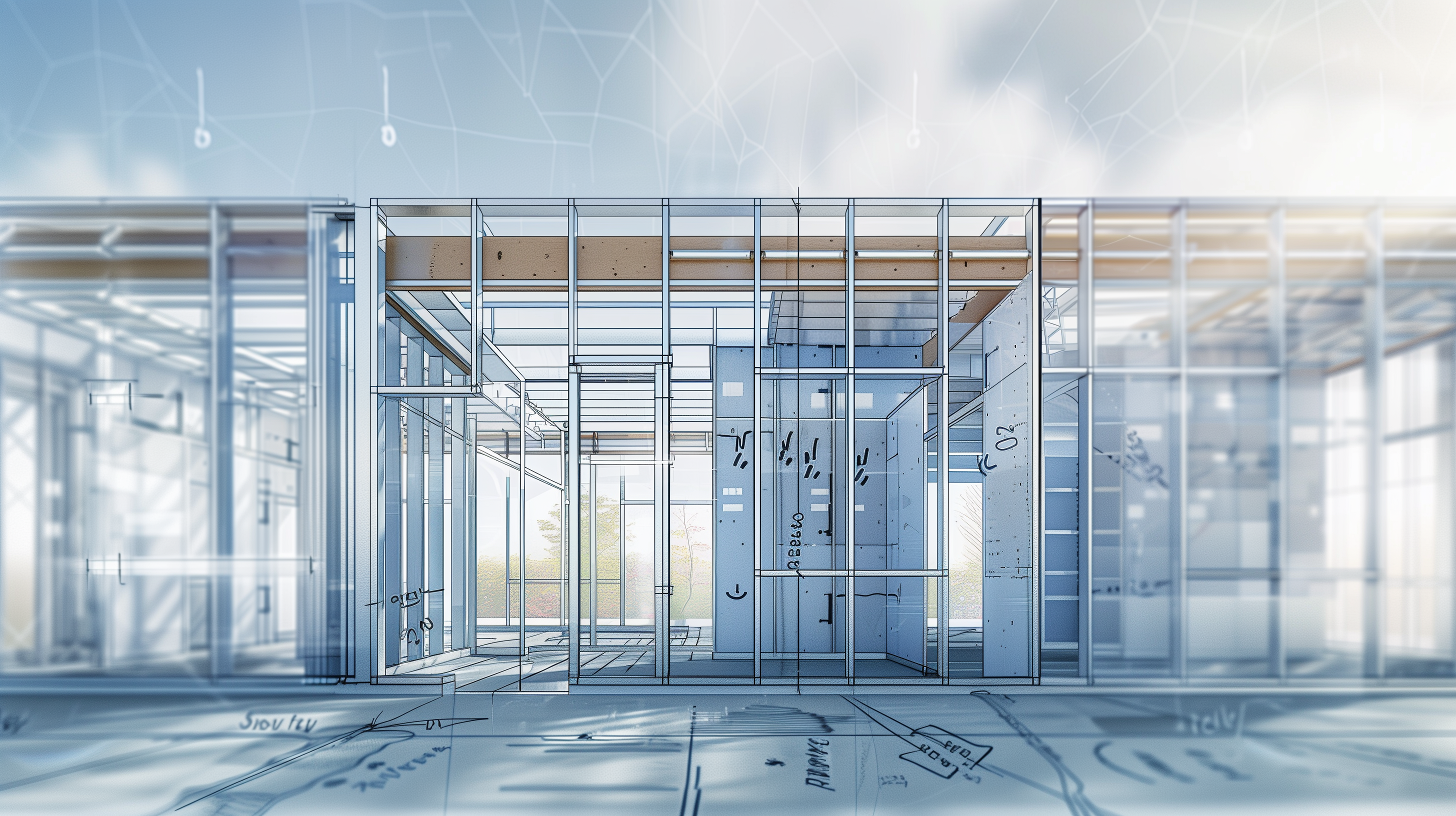Building a deck is a significant investment in your home’s outdoor living space. Ensuring its safety and longevity is paramount. One of the key concepts in constructing a safe and sturdy deck is the continuous load path. This guide will explain what a continuous load path is, why it’s crucial, and how you can achieve it using proper connection and fastening techniques.
Understanding the Continuous Load Path
What is a Continuous Load Path?
A continuous load path is an engineering principle that ensures loads are transferred effectively from the deck to the ground. This concept is critical in deck construction, ensuring that the structure can withstand various forces such as gravity, lateral (horizontal) forces, and uplift forces.
- Gravity (Vertical) Loads:
- This includes the weight of the deck itself, furniture, occupants, and any additional load like snow.
- The load path transfers these forces through the deck frame to the foundation and ultimately to the ground.
- Lateral (Horizontal) Loads:
- These forces come from horizontal movements like wind or earthquakes.
- Proper connections between the deck and the house are crucial for handling these loads.
- Uplift Loads:
- Wind can create uplift forces that can affect the stability of the deck.
- Secure connections to the foundation and framing help resist these forces.
Why is it Important?
A deck with a well-constructed continuous load path is more resilient and safer. It ensures that the deck can handle various stresses without failing, thereby protecting the structure and its occupants.
Achieving a Continuous Load Path
Connection and Fastening Techniques
To build a deck with a continuous load path, it is essential to use appropriate fasteners and connectors. Here are some key components and methods:
- Ledger Board Attachment:
- Securely attach the ledger board to the house using lag screws or bolts, ensuring a strong connection.
- Joist Hangers:
- Use joist hangers to connect the deck joists to the ledger board and beam. This provides strong vertical and lateral support.
- Post Bases and Caps:
- Anchor the deck posts to the footings with post bases and caps, ensuring a secure connection to resist uplift and lateral forces.
- Diagonal Bracing:
- Install diagonal bracing to the posts and beams to enhance lateral stability.
- Hurricane Ties:
- Use hurricane ties to secure the joists to the beams and the beams to the posts, providing additional uplift resistance.
- Decking Fasteners:
- Choose corrosion-resistant screws and fasteners to secure the decking boards to the frame.
Tools and Resources
For more detailed information and guidelines on achieving a continuous load path, you can visit strongtie.com/deckcenter. This resource provides comprehensive guides, diagrams, and recommendations to help you build a safe and durable deck.
Conclusion
Ensuring your deck is built with a continuous load path is crucial for its safety and durability. By understanding the principles of load transfer and using the correct fasteners and connectors, you can create a structure that withstands various forces and provides a secure outdoor space for years to come.
For immediate service or consultation, you may contact us at Allied Emergency Services, INC.
Contact Information:
- Phone: 1-800-792-0212
- Email: Info@AlliedEmergencyServices.com
- Location: Serving Illinois, Wisconsin, and Indiana with a focus on the greater Chicago area.
If you require immediate assistance or have specific questions, our human support is readily available to help you.
Disclaimer: This article is intended for informational purposes only. For professional advice, consult experts in the field.










